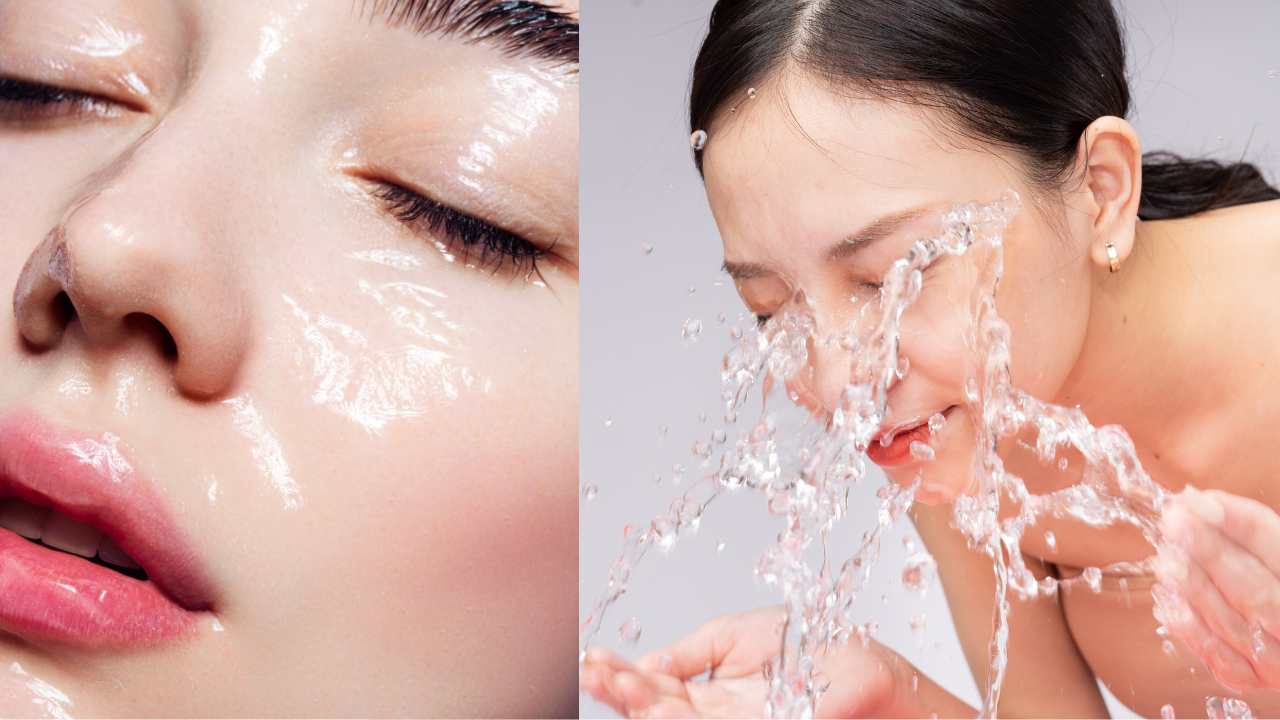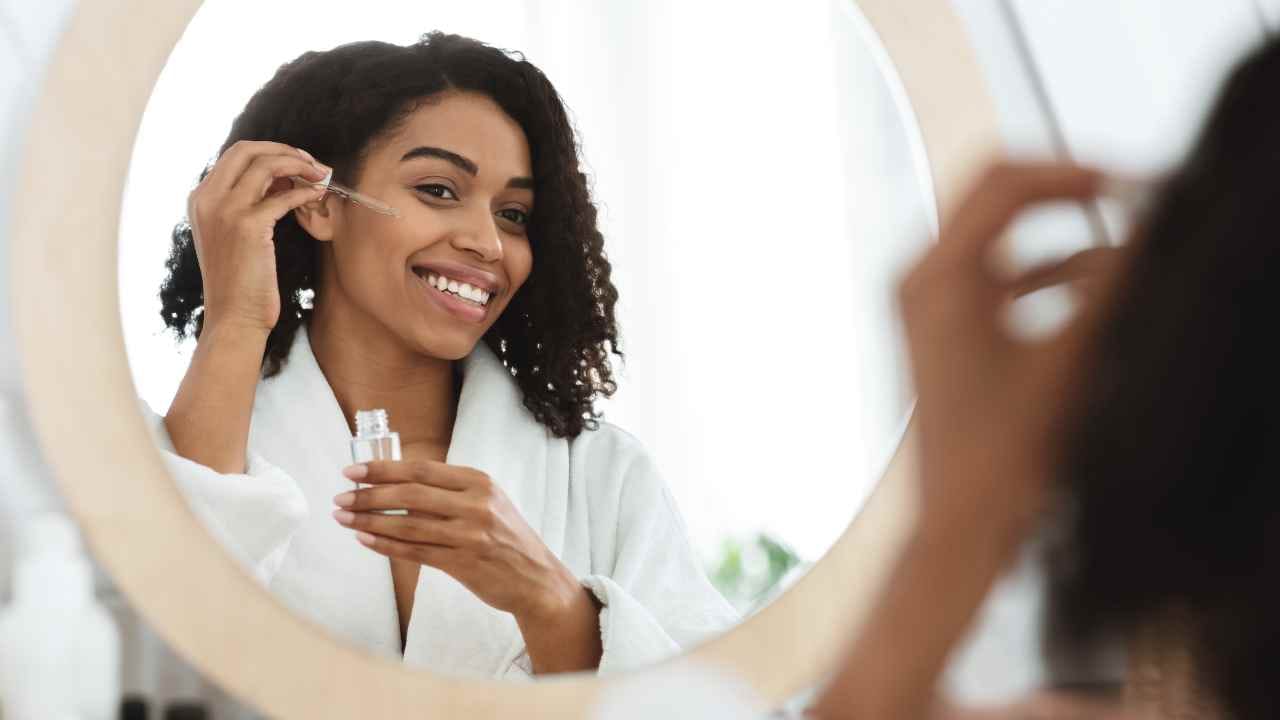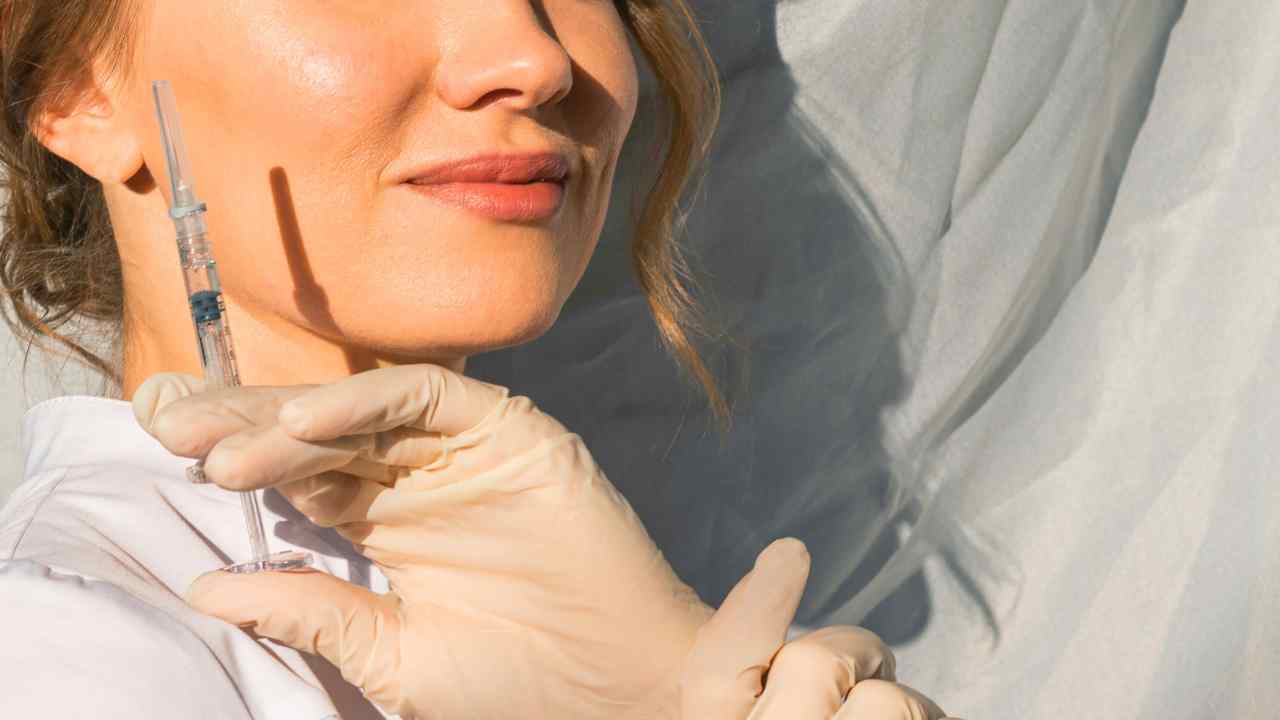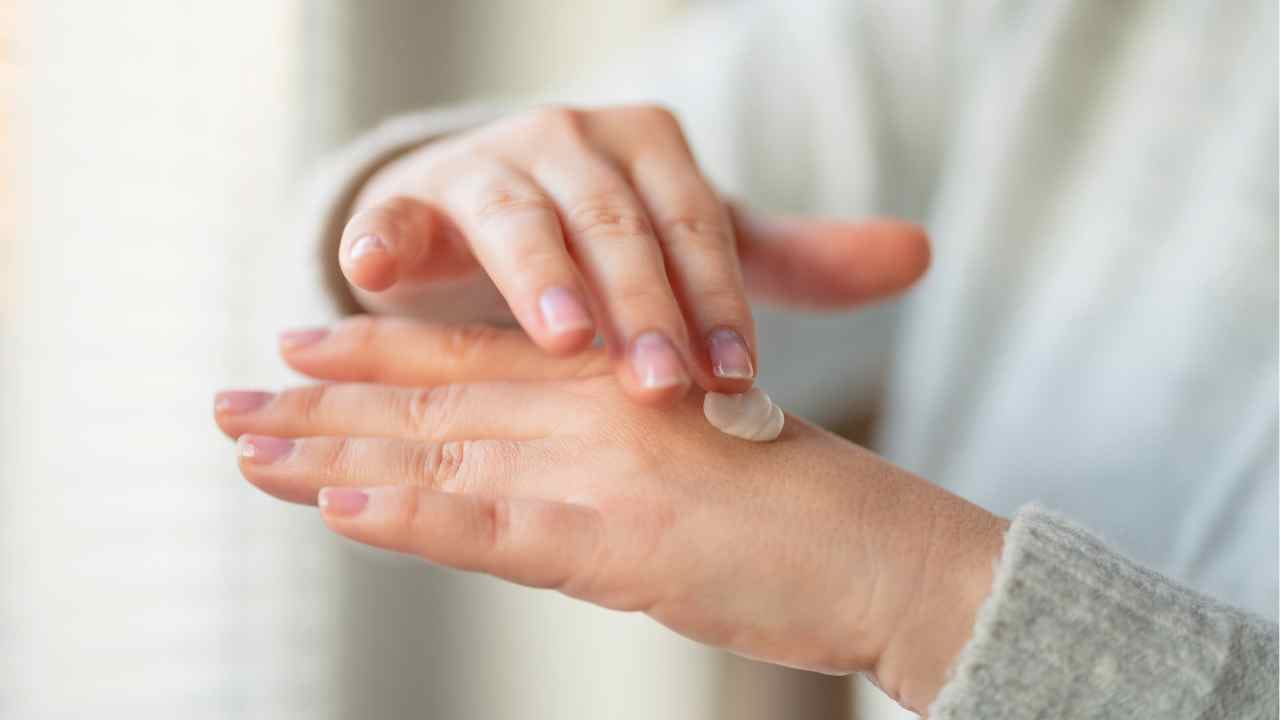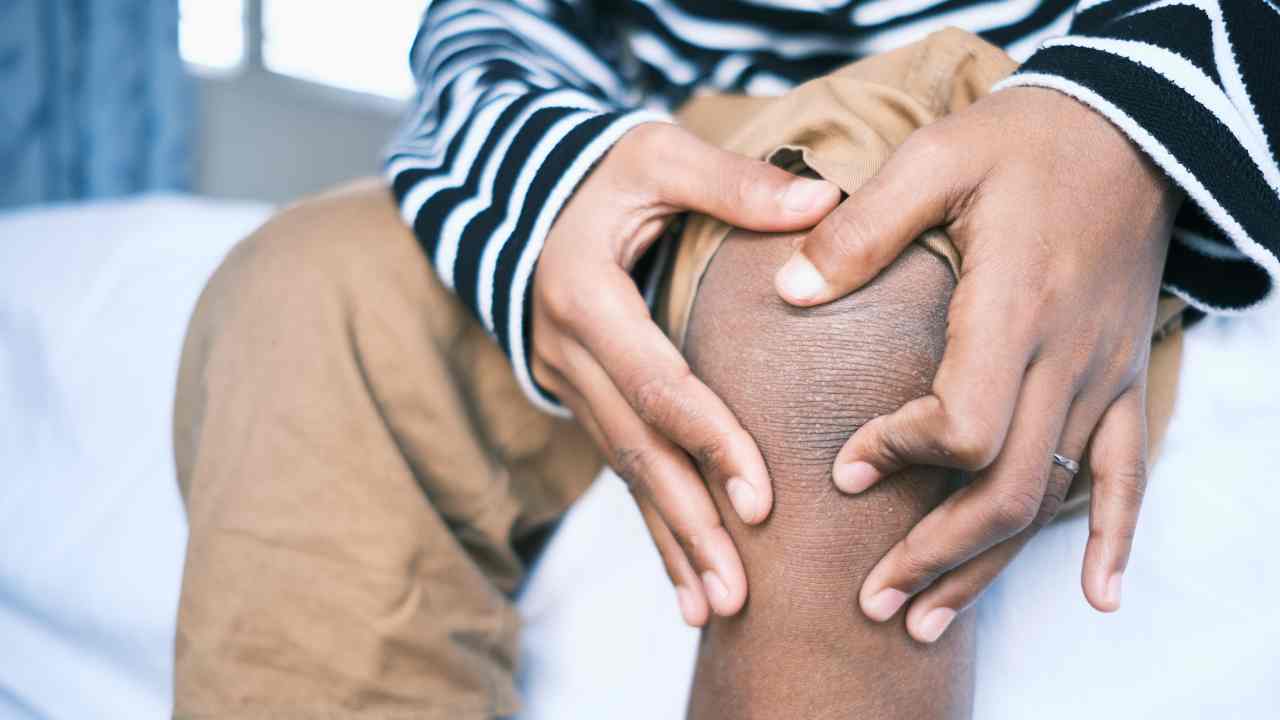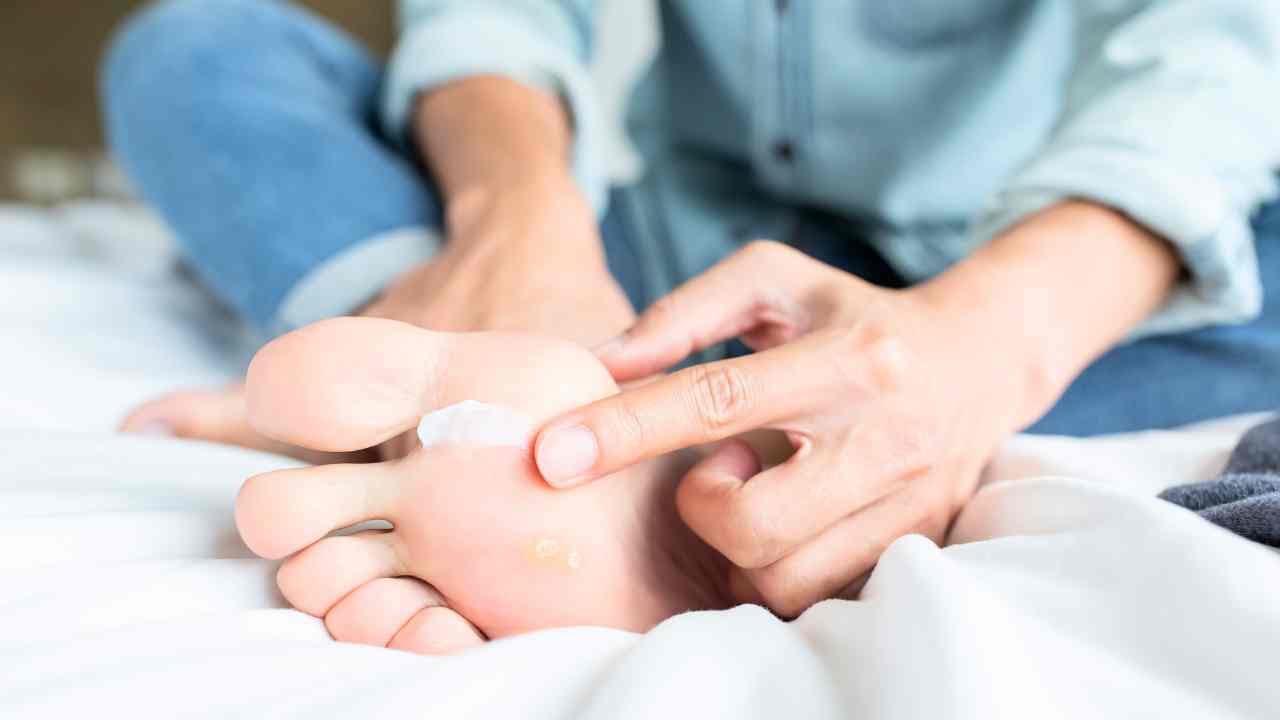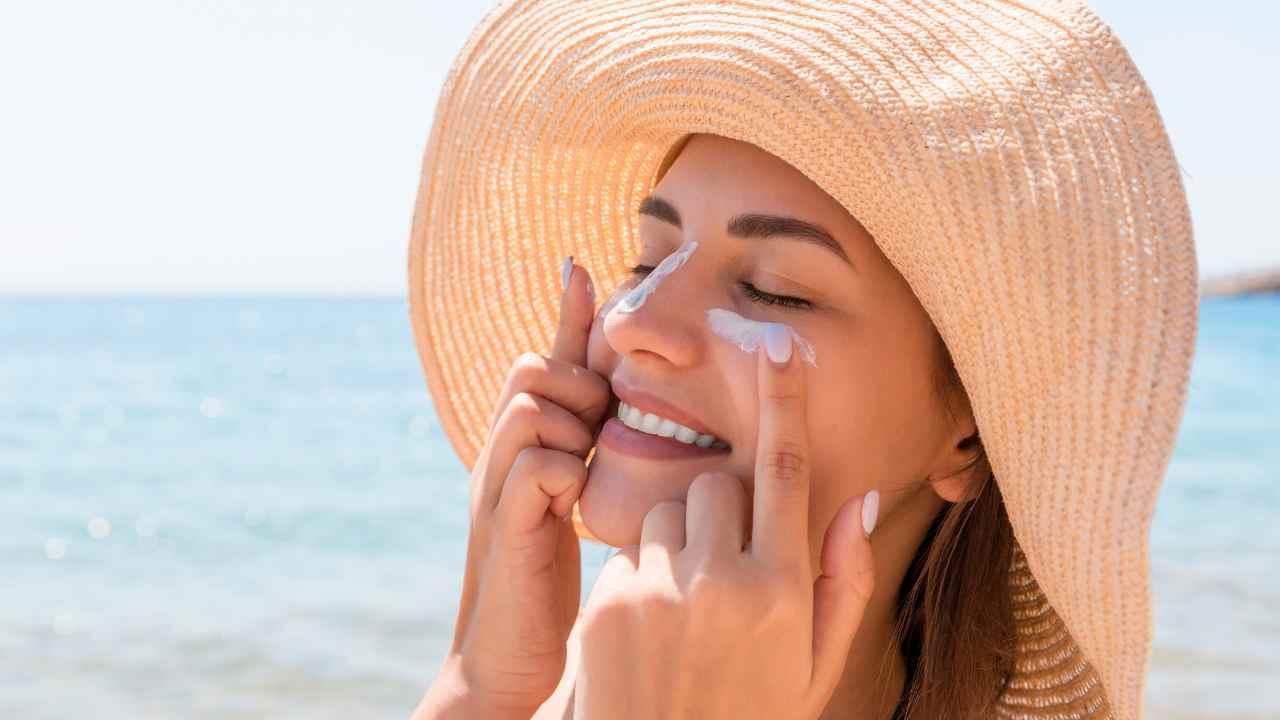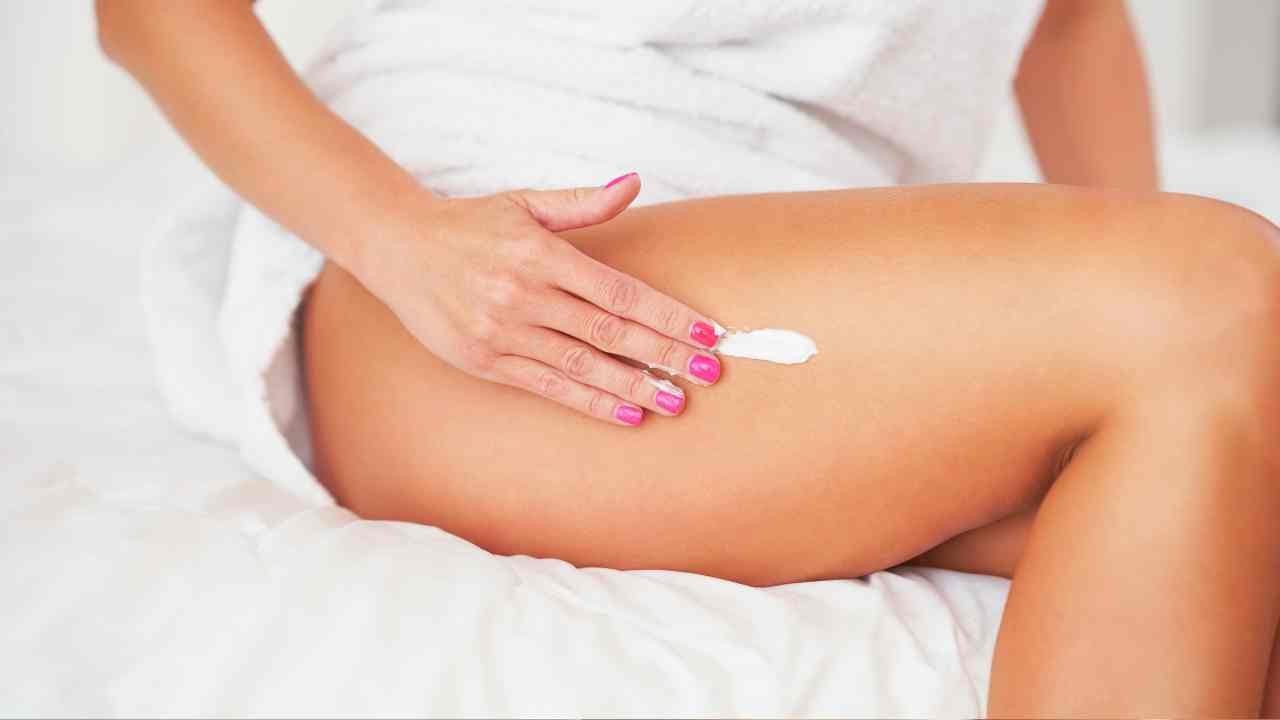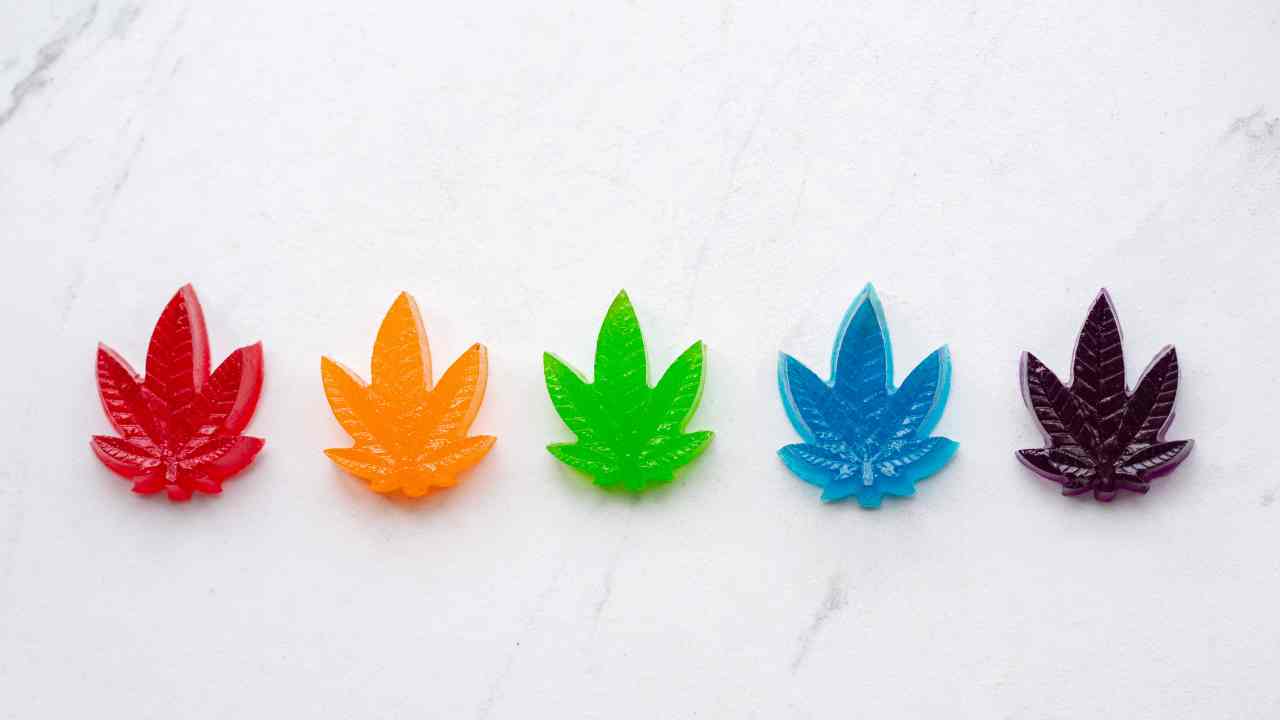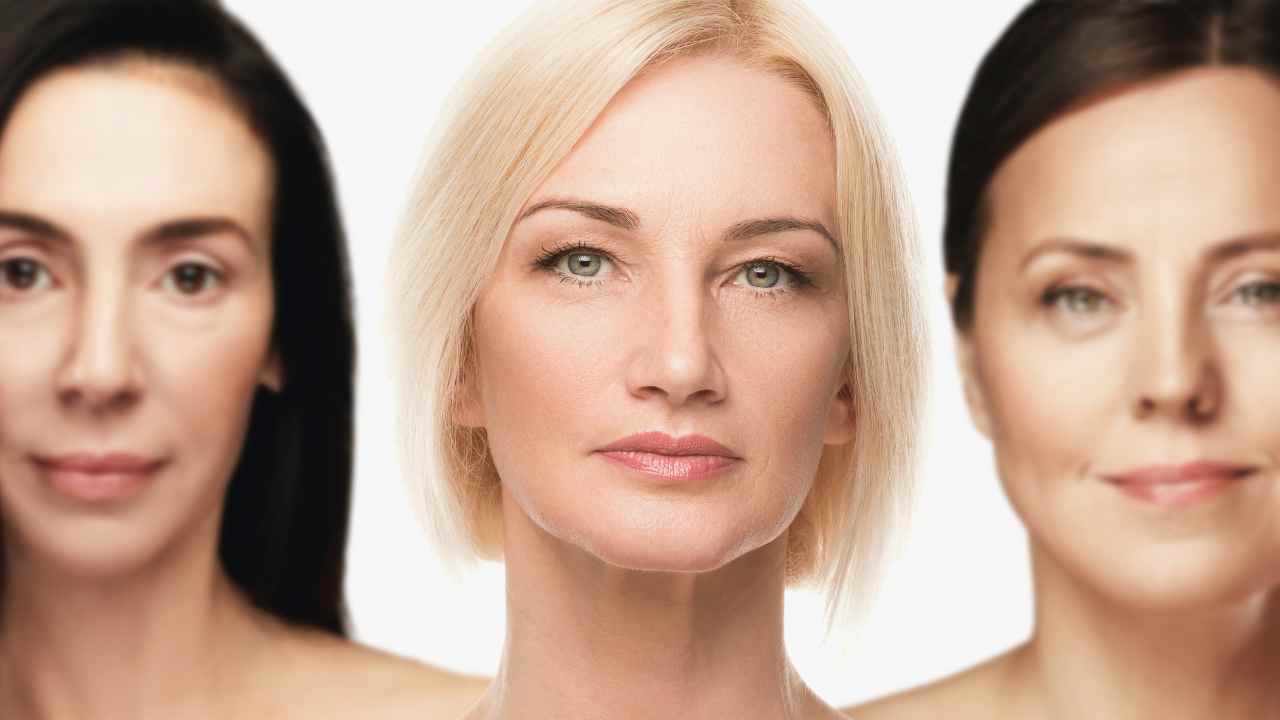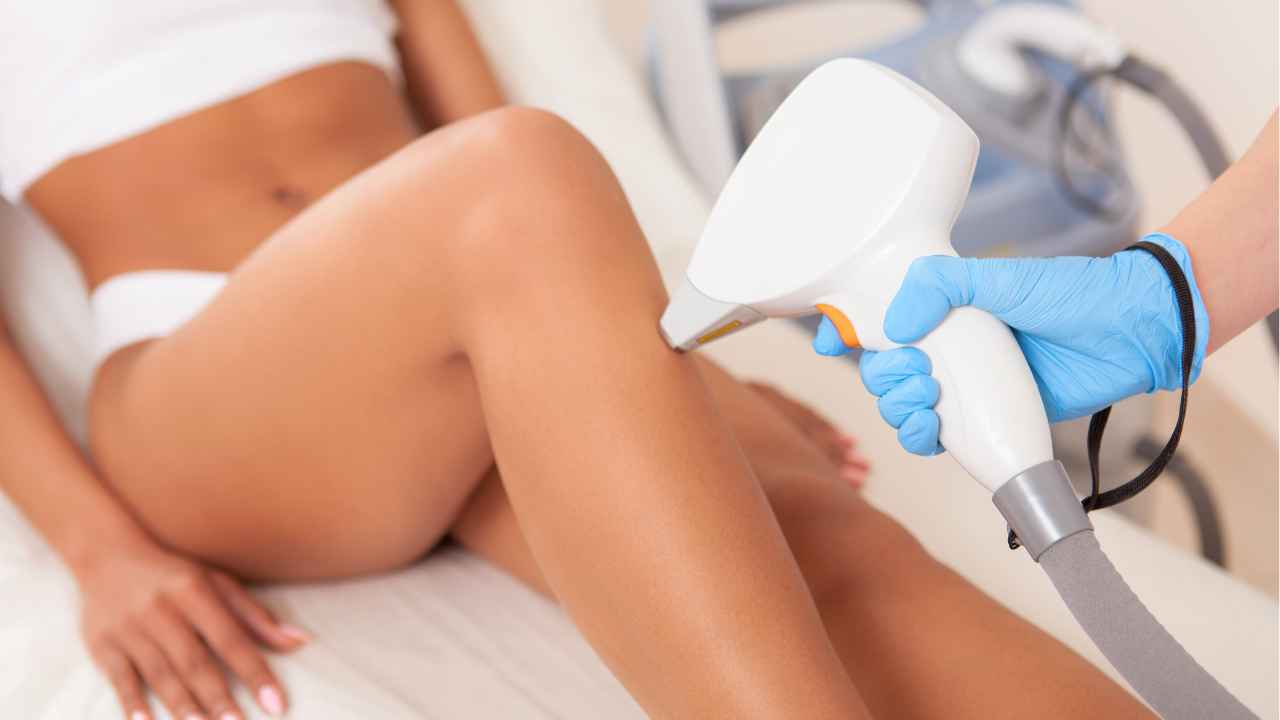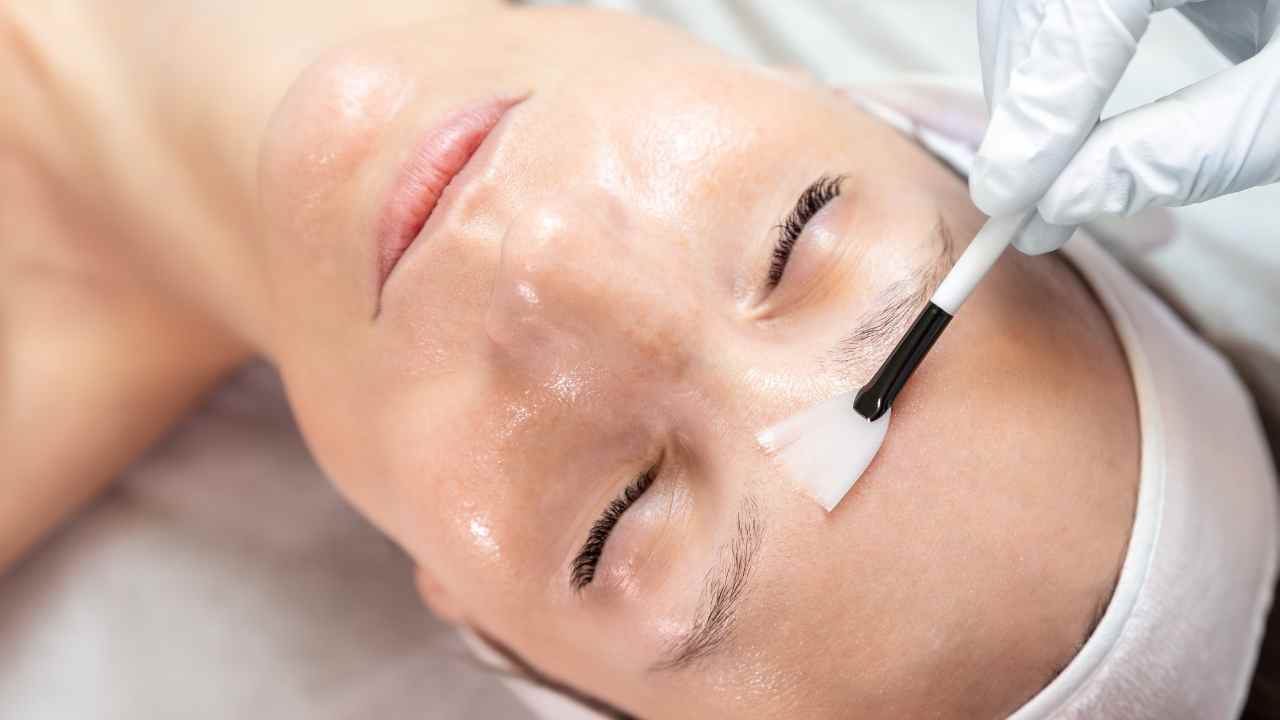
Peel Pimples? How to Treat Breakouts Post Chemical Peel!
Greetings, beauty enthusiasts! If you're on a quest for radiant, rejuvenated skin, you might have embarked on the magical journey of chemical peels.
These treatments can work wonders, but what happens if you encounter unexpected breakouts afterward? Fear not!
We're here to unravel the mystery and equip you with the ultimate guide to treating skin breakouts after a chemical peel. Get ready to embrace your post-peel glow with confidence, dear readers!
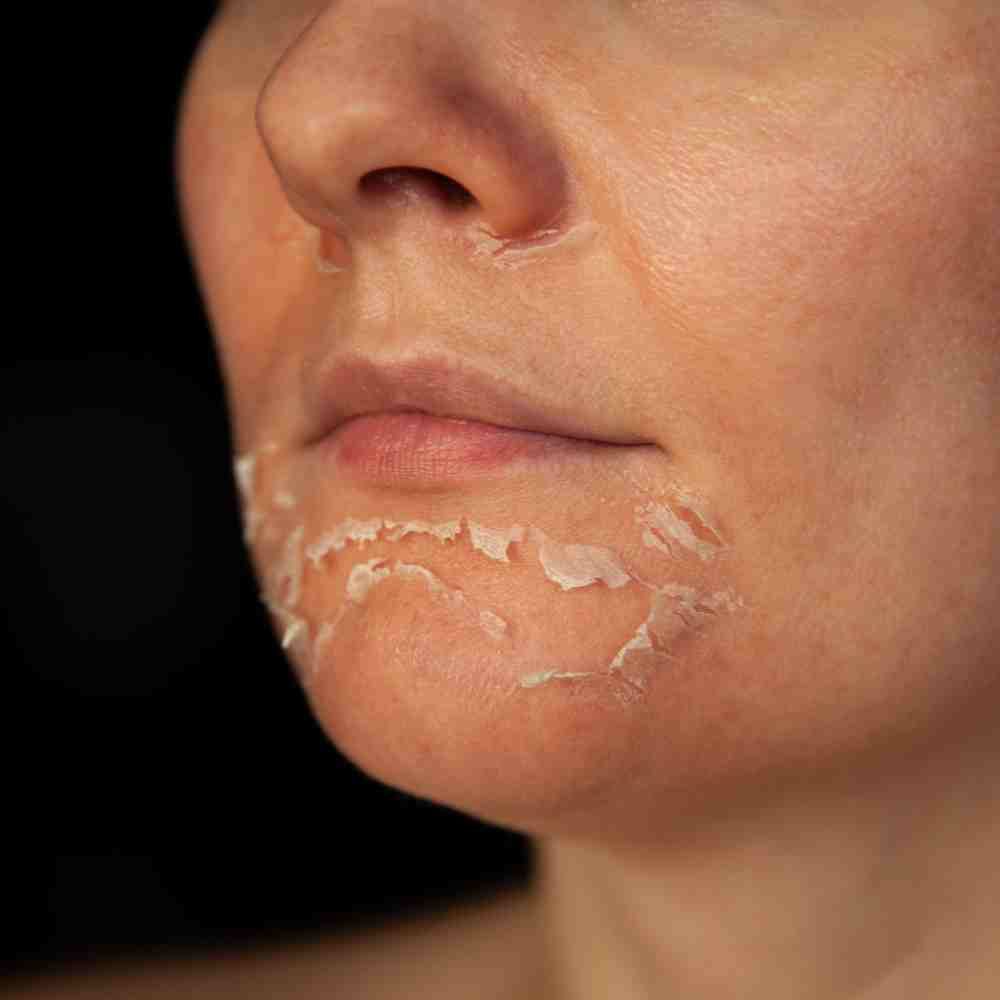
What is a Chemical Peel?
Let's start with a quick peel recap. Chemical peels are an increasingly popular procedure that can help rejuvenate the skin.
If this is your first chemical peel, it involves applying a chemical solution to the face, usually acid-based, which removes the outermost layer of skin cells and exposes a newer, more youthful looking skin tone underneath.
The process helps to reduce wrinkles, acne scars, uneven texture and age spots - all of which can negatively affect the appearance of our faces.
The Different Types of Peels
Chemical peels come in three different strengths/depths: superficial peels (also referred to as ‘lunchtime’ peel), medium peels and deep chemical peels.
Superficial peels are generally performed on most areas of your face with just one session required whereas a deep chemical peel may require several successive treatments at intervals over a few weeks or months depending on your individual needs and desired results.
The most common type of acid used for a chemical peel treatment is glycolic acid, although others such as lactic acid are often also used in combination with glycolic acid or alone for those with sensitive complexions. These substances are both classified as alpha hydroxy acids.
Each type has its own strength when it comes to exfoliating and resurfacing the outer surface layers of skin while leaving healthy tissue intact beneath them so it's important to consult a professional before trying any kind of peel treatment at home - no matter how mild you believe it might be.
Only a dermatologists or aesthetician can determine the type of peel is best for your skin type, whether they are acne chemical peels or something suited for more sensitive skin.
If you're considering a very deep peel such as a phenol peel, make sure you get a consultation with a medical professional. The side effects of extreme peels like these can be serious, even life threatening, so proceed with caution.
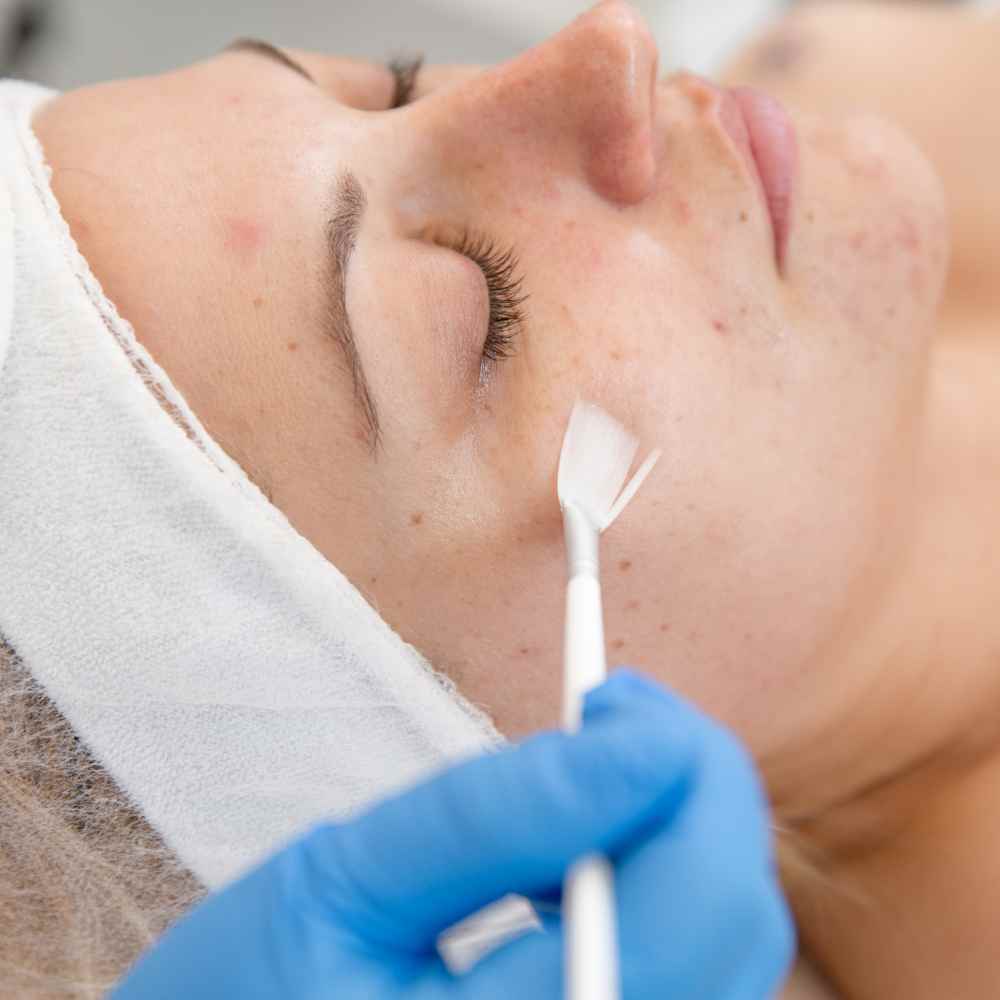
The Chemical Peel Appointment
What happens during a chemical peel? After cleaning your face thoroughly beforehand, an experienced technician will apply one or more coats (depending on your particular needs) using either cotton swabs or gauze soaked in liquid containing acids like lactic acid or trichloroacetic acid (TCA).
As soon as they've been applied they'll begin working their way beneath this surface layer by gently breaking down proteins that contribute towards making up this top layer - hence why you'll be advised not to touch these areas while waiting for them to set!
Once completely done then application will be taken off using water afterwards revealing soft smooth, glowing skin cleared of dead skin cells.
The process is fairly quick but depends on each person. Some take longer than others depending again on their underlying conditions being targeted.
The Breakout Surprise
Now that you're familiar with the peel process, let's talk about what happens afterwards. Picture this: You've just undergone a chemical peel, and instead of the expected glow, you're greeted with a breakout.
Panic mode? Not necessary! Breakouts after a chemical peel are relatively common and often referred to as "purging."
This temporary skin purging post peel occurs as the peel encourages your skin to shed dead cells, which might initially bring underlying impurities to the surface.
Purge or Problem?
Before you dive into action, it's essential to determine whether you're experiencing a purging phase or a more serious reaction to the skin peeling process.
Skin purging tends to be characterized by small, whitehead-like pimples that appear in areas you typically experience breakouts.
If, however, you notice persistent redness, inflammation, or larger cystic acne, it's best to consult a dermatologist.
Gentle Cleansing Ritual
Post-peel, your skin's sensitivity level is heightened. Opt for a gentle, non-foaming cleanser to cleanse your skin twice a day. Avoid anything harsh or abrasive, as you want to baby your skin during this period.
Hydration, Hydration, Hydration
Keep your skin well-hydrated with a soothing, hydrating moisturizer. Look for ingredients like hyaluronic acid and ceramides to help lock in moisture and fortify your skin's barrier. Drinking water is also important for your skin health so drink up.
Say Yes to Sunscreen
Sunscreen is your skin's best friend, especially after a peel. Opt for a broad-spectrum SPF of at least 30 and shield your skin from the sun's harmful rays. Better yet, avoid direct sun exposure completely for a couple weeks.
Hands Off Policy
We get it—breakouts can be frustrating, but resist the urge to pick, squeeze, or pop your blemishes.
Doing so can worsen inflammation and lead to scarring. And healing acne scars takes even longer than the healing time for a pimple!
If you just can't keep your hands off your face, try covering your pimple with a pimple patch. This way, it helps the blemish heal faster and you can't get to it with your impatient paws!
Spot Treatment Strategy
Need to know how to treat breakouts after chemical peel appointments? For those pesky pimples that do appear, a targeted spot treatment can be your secret weapon.
Choose one containing benzoyl peroxide or salicylic acid, and apply it only to the affected areas.
Keep Makeup Minimal
While your skin is in recovery mode, opt for lightweight, non-comedogenic makeup if you must.
However, giving your skin a break from heavy products can expedite the healing process. Schedule your chemical peel during a time of year when you don't need to glam it up for events.
Patience is Key
Remember, post-peel breakouts are often temporary and part of the skin's natural healing process.
Give your skin time to adjust and heal, and avoid overloading it with a barrage of products. Again, do this during a time when you don't need results immediately.
Consult Your Expert
If your post-peel breakout persists or worsens, it's a good idea to consult the professional who performed the peel. They can assess your skin's response and recommend appropriate measures.
They should give you a pretty good idea of what to expect on the day of your peel including aftercare instructions.
Prevention for Next Time
To minimize the chances of post-peel breakouts in the future, consider discussing your skin history and concerns with your skincare professional before the peel. They can tailor the treatment and aftercare to your skin's unique needs and expectations.
From Peel to Perfection
So there you have it, friends. What may seem like a daunting process could actually be a great opportunity for renewal.
Make sure to consult with your physician for further instructions, and always remember that being kind to yourself is just as important as being kind to your skin.
With this in mind, you'll emerge from the post-peel experience feeling refreshed and rejuvenated—all without sacrificing any of the important steps along the way.
Until our next skincare adventure, stay safe and above all else: have fun!



